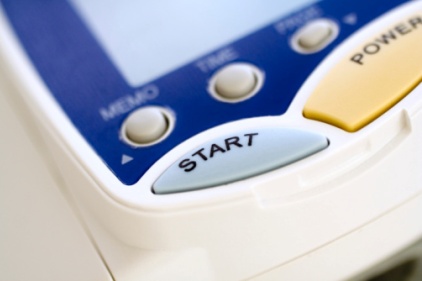 San Diego CA -- More than 50 percent of employees say their company is not adequately prepared to respond to an emergency, according to a survey conducted this year by Staples, the office supply retailer, and a vendor of emergency response products exhibiting at the National Safety Congress and Expo here in San Diego.
San Diego CA -- More than 50 percent of employees say their company is not adequately prepared to respond to an emergency, according to a survey conducted this year by Staples, the office supply retailer, and a vendor of emergency response products exhibiting at the National Safety Congress and Expo here in San Diego.
The four Ps
Robert Risk, national sales manager, safety, for Staples Facility Solutions, told ISHN emergency response is all about the 4 Ps – plan, procure (products necessary – food, cots, lighting, cell phone crank up battery chargers, etc), prepare and practice. Too many companies have plans that are not shared with employees, or perhaps disseminated by email that is too easy to ignore.
“Communication is huge,” says Risk. So too is customization. Every company’s emergency response variables will be different, depending on things such as geography, weather, and working environmental conditions. Another key, says Risk, is making accommodations for disable employees. But perhaps most important is the need to practice, practice, practice the plans and preparations.
“It’s much easier to prepare for emergencies than to have to explain afterward why you didn’t,” says Risk.
Your most important assets
Still, only about ten percent of companies have AEDs on site, he says. “It’s tough for small businesses to set money aside for something that may never happen, but you need to protect your most important assets, your people, says Risk. “I don’t care how well your computers are protected in an emergency, if you don’t have the people to operate them, it doesn’t matter.”
The stakes involve not only lives but the life of a business, too, especially small businesses. “If your business is closed for two weeks, you may never open up again if you’re a small employer,” says Risk. Customers won’t wait for you to reopen. They’ll go to the next supplier. Employers need to prepare for recovery as well as emergency response, he says.



